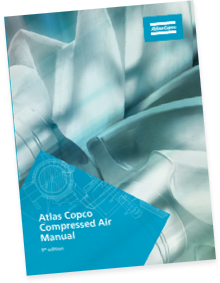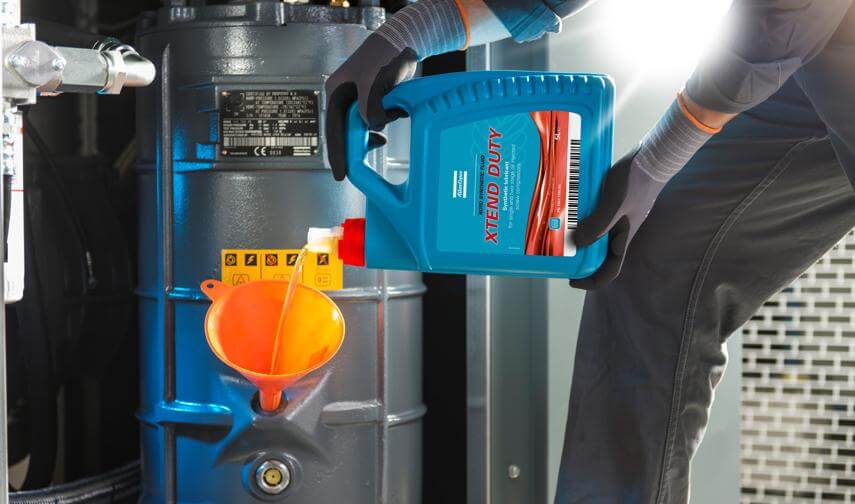While it may be easier to go with the flow and assume your compressor is sized correctly, to ensure it is at the top of its game you need to build a flow profile.
A flow profile measures your flow (CFM) usage and illustrates how much flow your machinery should be using. Often, pressure (PSI) is measured because it’s easy and inexpensive, unlike measuring flow with a flow meter. Unfortunately, this means that many compressor users rarely know what flow they are using, or what flow they need.
Why should you care about your flow profile?
- Flow is as critical to operational effectiveness as pressure. It’s important to understand both CFM and PSI, because in a well-run compressed air system, you can’t have one without the other. Flow is the volume of air and pressure is the force or speed of air. If your compressor has enough PSI, but not enough CFM, that’s like having strength but no endurance to utilize it.
- Machinery or tools won’t work if CFM is too low. This causes production issues on the line. If you’re adding additional machinery to the line or running more machines simultaneously, CFM could be too low.
- If the CFM is too high, your compressor could need service maintenance. In turn, the compressor will use more energy than needed and will cause short cycling or running VSD at a lower RPM than recommended. This can shorten your compressor’s life.
So, how do you build a flow profile?
- Audit
- Rough calculations
Of the two, an audit is the most accurate option. Typically, an audit takes around a week to look at the system’s operations, and by installing a flow meter, you can see whether you are operating at the optimal flow for your system.
Below is a sample audit. There are five compressors in this system. Note that the orange, purple, cyan and black compressors are all running loaded continuously. But the brown compressor is loading and unloading rapidly.

This audit revealed that the brown compressor is too big for the system’s needs. Replacing it with a compressor around half its current size would greatly improve its functionality.
The second option is to calculate your flow profile based on which machinery is using air, when the air is being used and how much CFM is needed to operate the machinery. It’s also important to consider variations in production and work schedules.
Regardless of which option you choose, building a flow profile is better than not doing one at all. It can extend your compressor’s lifespan and ensure it’s using the optimal flow for its workload.
For more expert compressor advice and insights, sign up for our weekly newsletter.





